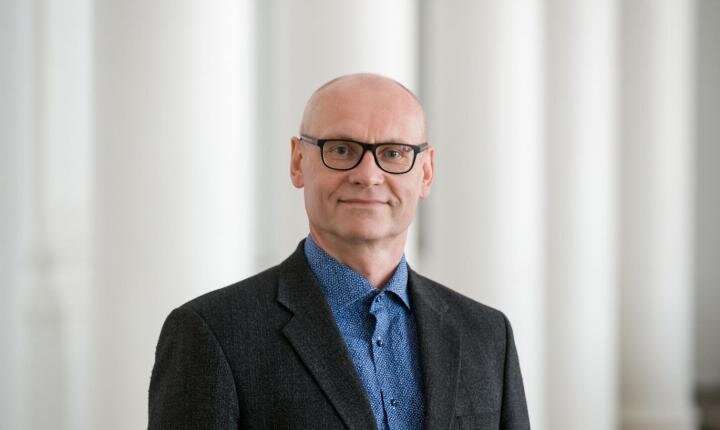Aging monocytes produce less energy, carry more inflammation markers

Healthy aging has become one of the priorities of research in Europe. University of Tartu researchers looked for differences in the immune systems of young and old people with a focus on monocytes; they found that the monocytes of the elderly do not seem to produce as much energy, and there is an increase in inflammation markers compared to younger people. Looking into the future, this research could contribute to slowing down age-related changes.
White blood cells, or leukocytes, comprise many cells with various tasks. To get a better understanding of exactly what these cells do, they need to be observed separately. Therefore, researchers at the University of Tartu Institute of Biomedicine and Translational Medicine, together with colleagues from Tartu University Hospital and Estonian Genome Centre, studied a specific white blood cell type—monocytes.
Monocytes comprise about 5 to 10% of all white blood cells in human blood. As with all other leukocytes, they originate from the hematopoietic cells of bone marrow, but they have special properties that help them fight viruses and other pathogens. They are constantly changing through life together with general changes in the organism.
According to Pärt Peterson, a professor of molecular immunology at the University of Tartu, links between aging and monocytes have been found before. “For example, they are known to be associated with inflammatory processes occurring in the body. A link between monocytes and vascular calcification or atherosclerosis is also known,” said Peterson.
Vascular calcification means that, due to the deposition of dead cells, cholesterol, fatty acids and lipids, plaques form on the walls of arteries. Over years, these plaques become denser and make blood vessels narrower. As a result, blood flow in blood vessels becomes restricted. “Calcification is a long-term and complex change in the walls of blood vessels, but it is the monocytes that affect the inflammation originating from the walls of blood vessels and accumulate in atherosclerotic plaques,” explained Peterson.
Primarily based on this background information, the researchers wanted to study which changes have occurred in the monocytes of young people, and which in the monocytes of the elderly. “We found that the expression of many genes varies in the monocytes of elderly people. Changes have mainly occurred in the genes related to protein synthesis and in the work of mitochondria, i.e., the power plants of cells. It might be said that the monocytes of older people do not seem to produce as much energy as the cells of younger people,” said Peterson.
There was also a visible increase in the intracellular inflammation markers in older people, which is probably accompanied by a general increase in inflammation levels. Other intracellular metabolic changes occurred as well, as a greater proportion of some lipids was noted in elderly people, for example. Many lipids are important components of cell membranes, but according to Peterson, this may lead to the idea that the excessive accumulation of lipidic compounds in monocytes may be related to the plaques forming on the walls of blood vessels, and thus to atherosclerosis.
“Time will show whether we will be able to do something to slow down age-related changes. This study at least gives an idea as to which direction we should look next. In terms of the future, it would be a big achievement if we were able to postpone or even avoid the process of vascular calcification,” said Peterson.
Source: Read Full Article


